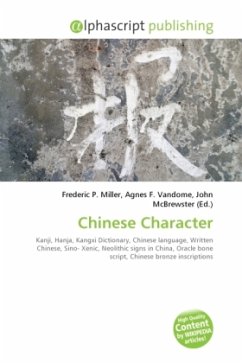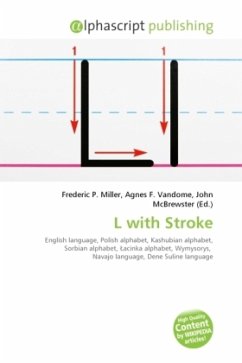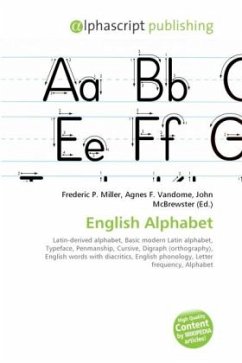
Kana
Versandkostenfrei!
Versandfertig in 6-10 Tagen
36,99 €
inkl. MwSt.

PAYBACK Punkte
18 °P sammeln!
Kana are the syllabic Japanese scripts, as opposed to the logographic Chinese characters known in Japan as kanji and the roman alphabet known as r maji. There are three kana scripts: modern cursive hiragana , modern angular katakana , and the old syllabic use of kanji known as man y gana that was ancestral to both. Katakana with a few additions is used to write Ainu. Kana was used in Taiwanese as a gloss (furigana) for Chinese characters during the Japanese administration of Taiwan. See Taiwanese kana. Kana syllabograms are always CV (consonant with vowel) or V (only vowel) with the sole excep...
Kana are the syllabic Japanese scripts, as opposed to the logographic Chinese characters known in Japan as kanji and the roman alphabet known as r maji. There are three kana scripts: modern cursive hiragana , modern angular katakana , and the old syllabic use of kanji known as man y gana that was ancestral to both. Katakana with a few additions is used to write Ainu. Kana was used in Taiwanese as a gloss (furigana) for Chinese characters during the Japanese administration of Taiwan. See Taiwanese kana. Kana syllabograms are always CV (consonant with vowel) or V (only vowel) with the sole exception of the C grapheme for n. This structure had some scholars label the system moraic instead of syllabic, because it requires the combination of two syllabograms to represent a CVC or CCV syllable.












